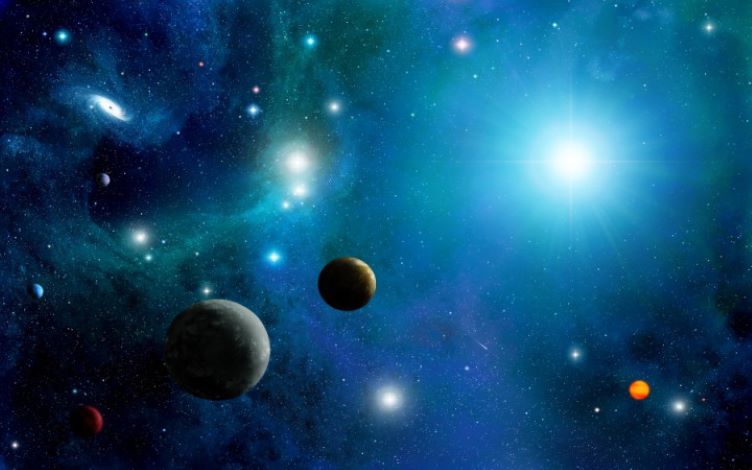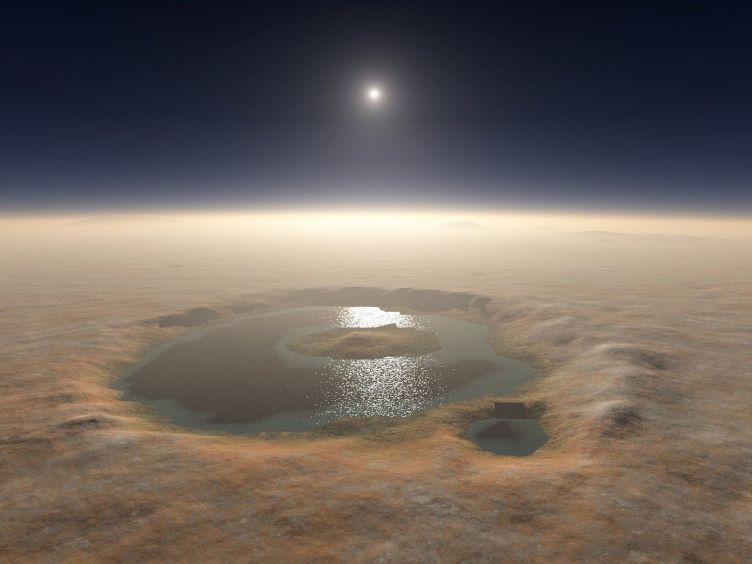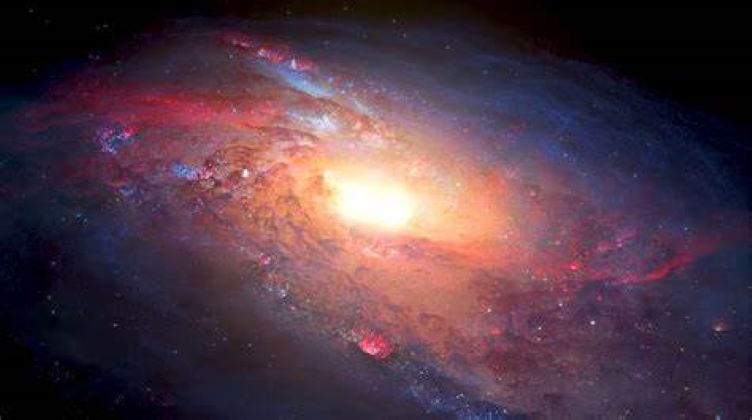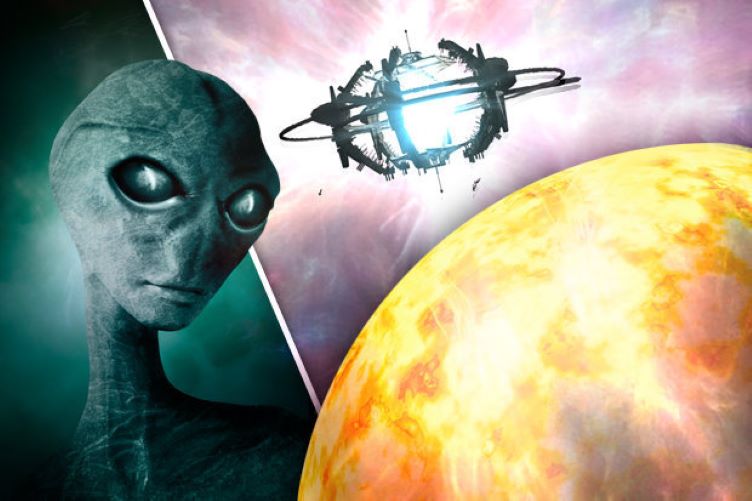One day, as I was walking in my street, my gaze abruptly turned up and stayed there for a long time. I kept thinking about how far away the stars were from us, and then some questions started to cross my mind, like: Are there any other objects in the universe besides the earth, planets, and stars? Beyond the earth, what lies?
I prepared myself to erase the exclamation point these inquiries left on my mind.
So today I have some discoveries and some secrets behind the earth that may you never know. So, I am going to share the answer of these questions that arrived in my mind.
1. The discovery of exoplanets:

An exoplanet is a planet that is located outside from solar system.
In 1992 the first two exoplanets was discovered named Poltergeist and Phobetor were found orbiting a pulsar called PSR B1257+12.
But now currently 4,000 exoplanets are discovered and among these some exoplanets may be habitable. Scientist and researchers are still trying to examine these planets and continuously doing research for some evidence that may be life will be possible on these exoplanets.
2. First ever black hole picture:

A black hole is an area in space where light cannot escape due to the intense gravitational pull of the black hole. The fact that matter has been compressed into a small area explains why gravity is so strong. This can occur during a star’s demise.
The Event Horizon Telescope, capture the first image of black hole showing light emitted by matter as it swirls under the influence of intense gravity. This black hole is 6.5 billion times the mass of the Sun and resides at the center of the galaxy M87.
3. Gravitational waves:

For the first time, scientists have observed ripples in the fabric of spacetime called gravitational waves, arriving at the earth from a cataclysmic event in the distant universe. This confirms a major prediction of Albert Einstein’s 1915 general theory of relativity and opens an unprecedented new window onto the cosmos.
These waves are caused by the movement of massive object like black holes or neutron stars.
Thus gravitational waves explore the hidden universe.
4. Water on mars:

Water not only exists on earth, but also on mars.
On July 31, 2008, NASA announced that Phoenix confirmed the presence of water ice on Mars. During the initial heating cycle of a new sample, the Thermal and Evolved-Gas Analyzer’s (TEGA) mass spectrometer detected water vapor when the sample temperature reached 0 °C
According to scientist water on mars has three water-body. The first is the atmosphere, which has very little water vapor in it. The ice-rich strata found in the polar caps and surrounding areas are the second. The third is located in the underground.
In addition to that mars water is not drinkable because of the frozen ice and salty nature.
For a detailed overview you can follow this link click here
5. Universe is expending:

Recently NASA’s space telescope called Hubble denoted that universe is expending 5% to 9% faster then previously expected.
It is really confirmed that the universe is expending. When astronomers use telescope to see far away galaxies, they notice that the galaxies are moving away from earth.
It is an intrinsic expansion, so it does not mean that the universe expands “into” anything or that space exists “outside” it. To any observer in the universe, it appears that all but the nearest galaxies (which are bound to each other by gravity) recede at speeds that are proportional to their distance from the observer, on average. While objects cannot move faster than light, this limitation applies only with respect to local reference frames and does not limit the recession rates of cosmologically distant objects.
6. Search for extraterrestrial intelligence (SETI)

SETI is a combined term for scientific exploration for intelligent extraterrestrial life. In which scientist use various techniques to look for signs of technological activity coming from other planets, such as radio transmissions and optical signals.
However there no such extraterrestrial life is discovered. Scientists are still finding indication of life in the universe with new techniques and technologies.
7. New moon around Jupiter:

The astronomer Amateur recently discovered new moon around the Jupiter.
Jupiter is the one of the largest planet in our solar system so gravitationally it attracts many objects into its vicinity. Earth has one major moon, Mars has two: but Jupiter boasts at least 79 moons, and there may be dozens or hundreds more of them that astronomers have yet to identify.
The latest discovery was made by amateur astronomer Kai Ly, who found evidence of this Jovian moon in a data set from 2003 that had been collected by researchers using the 3.6-meter Canada-France-Hawaii Telescope (CFHT) on Mauna Kea. Ly they confirmed the moon was likely bound to Jupiter’s gravity using data from another telescope called Subaru.
Conclusion
After a long discussion about new discoveries in space I find answer of my questions but on the other hand I have some new question that are we alone in the universe? To find the answer of this question scientist are still working. The second question is that what will happen to the universe? and the last is What mysteries are ahead of us when we venture outside the visible?
When we look up at the sky we always have to remember our place in the universe that we are too little but instead of this fact keep in mind that we have curiosity to discover the universe and we have to discover some other secrets behind the earth.

















